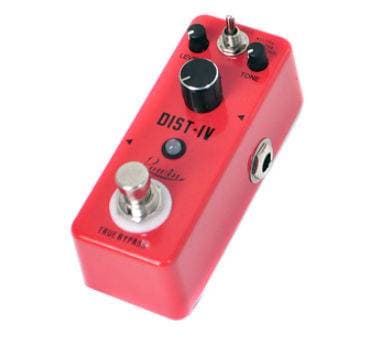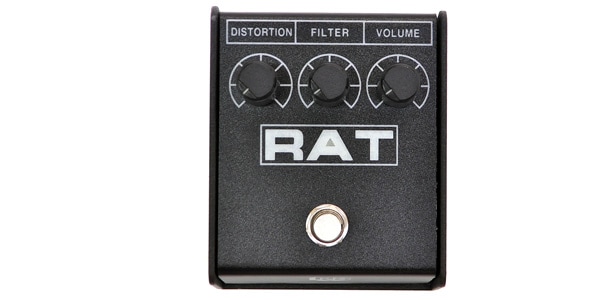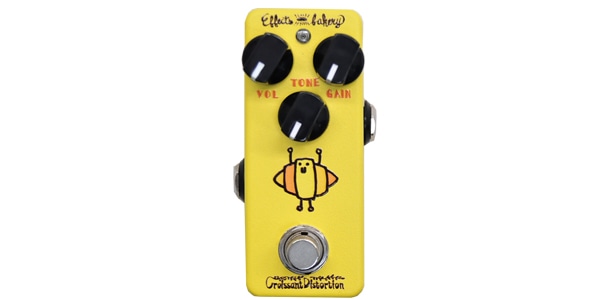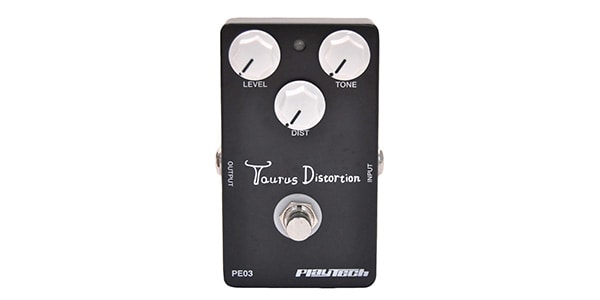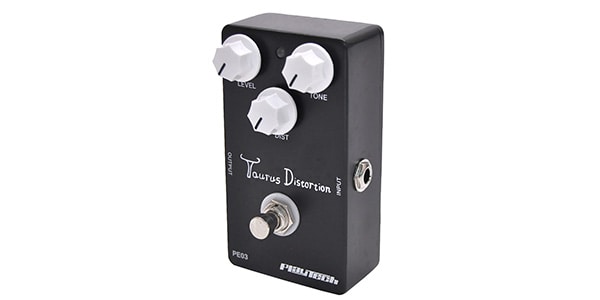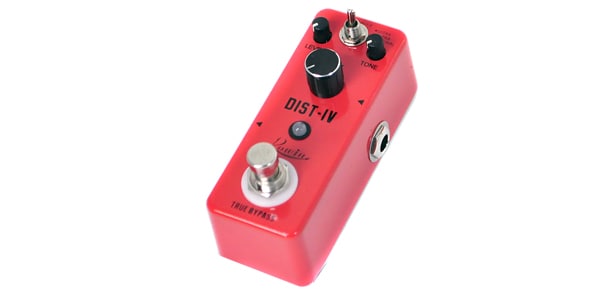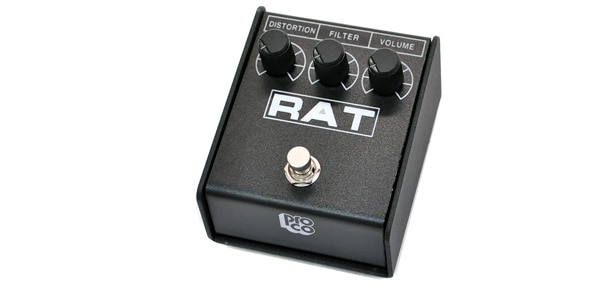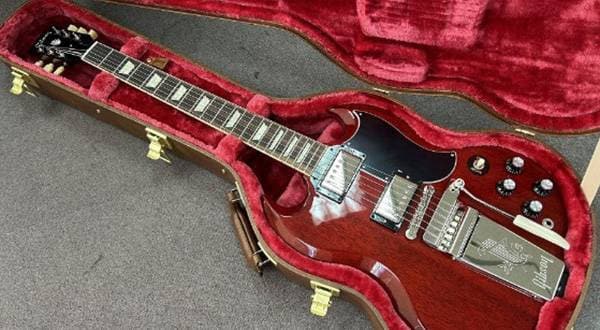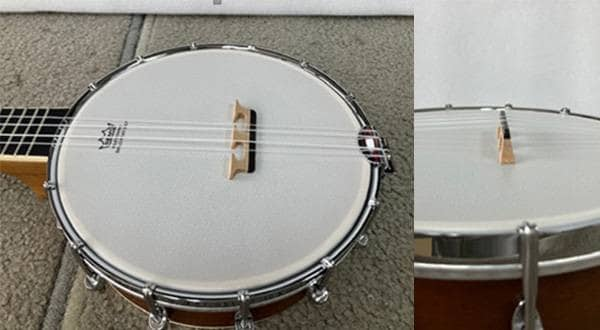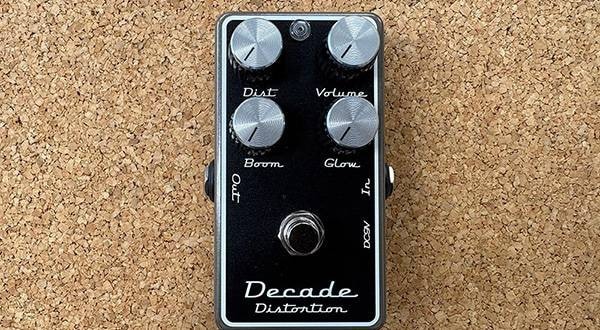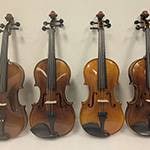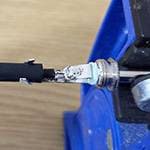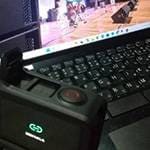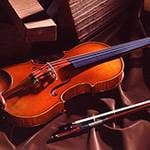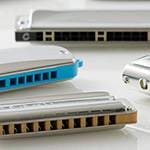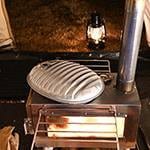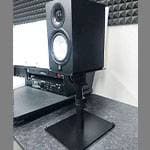Following the overdrive edition, Part 2 covers distortion pedals.
[For Beginners] Pedalboard Gems: A Slightly Nerdy Effects Pedal Guides
Part 1: Overdrive Pedals
Part 2: Distortion PedalsEdition
Part 3: Wah Pedals
Part 4: Phaser Pedals
Part 5: Patch Cables
Part 6: Power Adapters
■ What is Distortion?
Simply put, it’s an effects pedal that produces more distortion than an overdrive. That might sound a bit vague, but you could say it's the kind of gain you'd get by adding an overdrive pedal to an already distorted amp — all from a single pedal. The sound is also a bit tighter and more aggressive. Think chugging or grinding tones.
■ When is it useful?
Because distortion pedals can take a clean amp tone straight into high-gain territory, they are incredibly versatile. They’re especially handy for home practice with small amps, and virtually any model will do the job.
However, in high-volume environments like studios or live venues, they can be prone to feedback (howling), or the tone might not cut through the mix well. Depending on the amp pairing, you might even find it difficult to dial in enough gain. This is where distortion pedals can be trickier than overdrives.
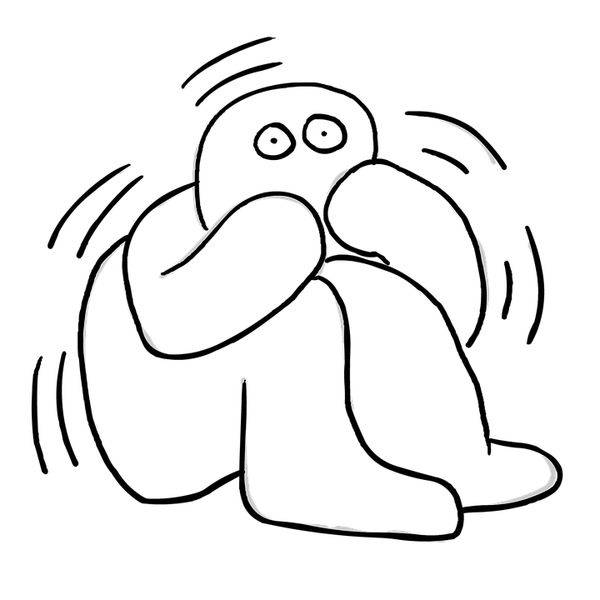
Due to these factors, overdrives may be better suited for more advanced players. With that said, when you find the right match for your amp, they can easily deliver a powerful, high-gain sound, making them a truly captivating type of effect.
■ What kinds of distortion pedals are out there?
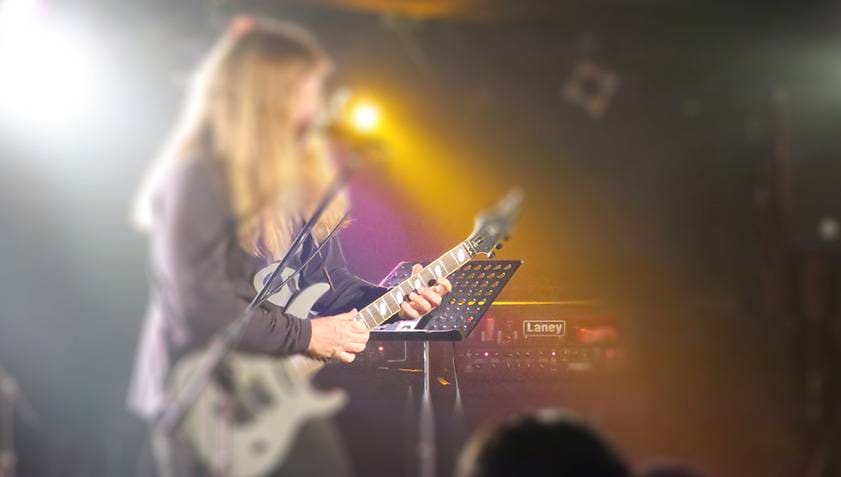
Distortion pedals come in a wide variety of sound characters. For example, some have a strong “effect pedal” color with a distinct, edgy tone, like the PROCO/RAT2, which is known for its unique and aggressive distortion.
On the other hand, there are models like the Effects Bakery / Croissant Distortion and PLAYTECH / Taurus Distortion, which produce a distortion tone similar to that of modern high-gain amps. These could even be considered high-gain overdrives depending on how they’re used.
Effects Bakery / Croissant Distortion
In recent years, more and more distortion pedals have emerged that, despite offering high gain, deliver smooth and natural-sounding tones. As a result, more guitarists are now using distortion pedals as their main source of drive.
In the end, there’s no strict definition that clearly separates overdrive from distortion. That’s why the best way to find a distortion pedal that delivers the sound you're looking for is not to rely on categories, but to actually try them out in your own setup.
And that's part of the fun — experiment with different pedals and discover the sound that truly satisfies you.





